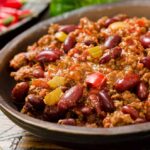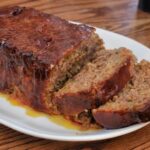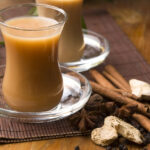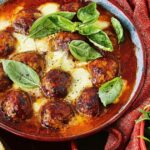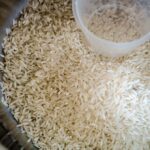Are you wondering why do people eat corn starch? This superfood has been consumed for centuries and is renowned for its wide range of health benefits. High in fiber, vitamins, minerals, and antioxidants, it can help to reduce cholesterol levels and even facilitate weight loss. In this blog post, we’ll discuss why corn starch is so popular with individuals around the world and how to include it in your daily diet. We’ll also look at some of the potential risks associated with consuming too much of this ingredient. Read on to learn more about this intriguing food source!
Contents
What Is Corn Starch?
Before we get into the details of why do people eat corn starch, let’s start by looking at the origin of it. The origin of Corn starch dates back to the time of Ancient Egyptians, where it was used as a thickening and binding agent in soups. Corn starch is a type of carbohydrate derived from maize or corn. It has been used for centuries in many cultures, primarily as an additive to food items such as sauces, gravies, and soups. It can also be used to thicken the consistency of foods and beverages, giving them a creamy texture. In addition to its culinary uses, it is often incorporated into cooking oils, cosmetics, adhesives, and more.
The main ingredient in corn starch is amylose, which is an energy-rich polymer found in most plants. It acts as a thickening agent when mixed with water or other liquids and can be used to thicken soups, stews, sauces, and more. Additionally, it contains beneficial antioxidants, including vitamins A and E, which can help protect the body from oxidative stress.
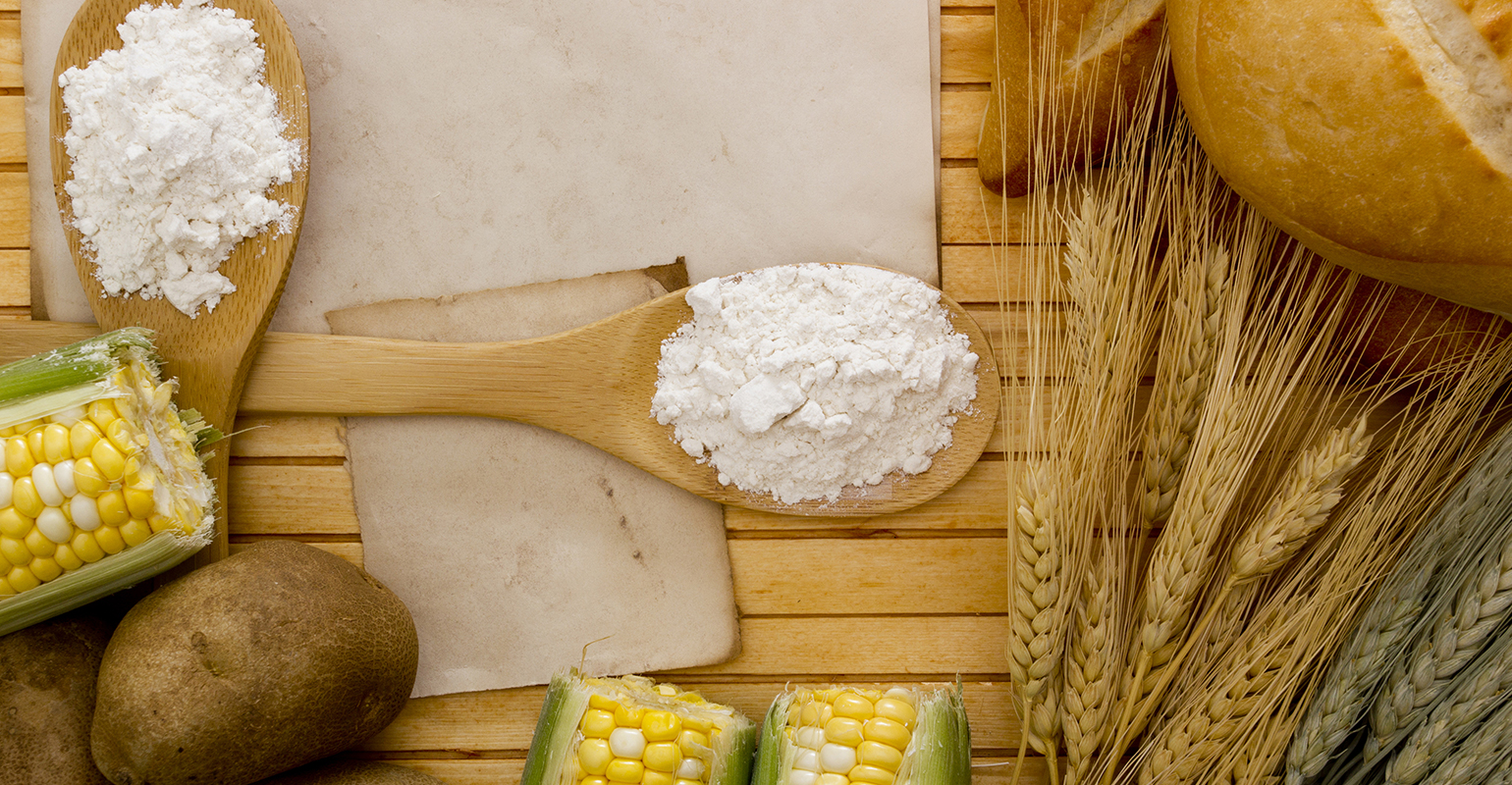
The Uses Of Corn Starch
Corn starch has a variety of culinary uses and is often used as an ingredient in many dishes. It can be used to thicken sauces, gravies, soups, and other liquid items. Additionally, it can be used to make savory dishes such as casseroles or creamy desserts like puddings and custards. It also adds texture and flavor when used in baking, and can be used as a coating for fried foods.
Corn starch is also added to sauces and gravies to create a smooth texture and reduce lumps. It can also help to preserve the freshness of canned tomatoes or fruit purees by reducing their acidity. Additionally, corn starch can be thickened and cooked with dairy products such as milk to make a creamy sauce.
Not only is corn starch used in the kitchen, but it can also be used for other purposes. It can be applied topically to soothe sunburns and other skin irritations. It is also used as a thickening agent in many cosmetics, such as lotions and creams, as well as in adhesives and glues.
Nutritional Value Of Corn Starch
Corn starch is a valuable source of dietary fiber and essential vitamins and minerals. It is low in calories, containing only around 100 calories per quarter cup cooked. Additionally, it contains beneficial antioxidants which can help to protect the body from oxidative stress.
In addition to its nutritional value, corn starch is also gluten-free and suitable for individuals with wheat intolerance or celiac disease. It is also a great choice for individuals looking to reduce their calorie intake, as it contains fewer calories than other starches such as flour or potatoes.
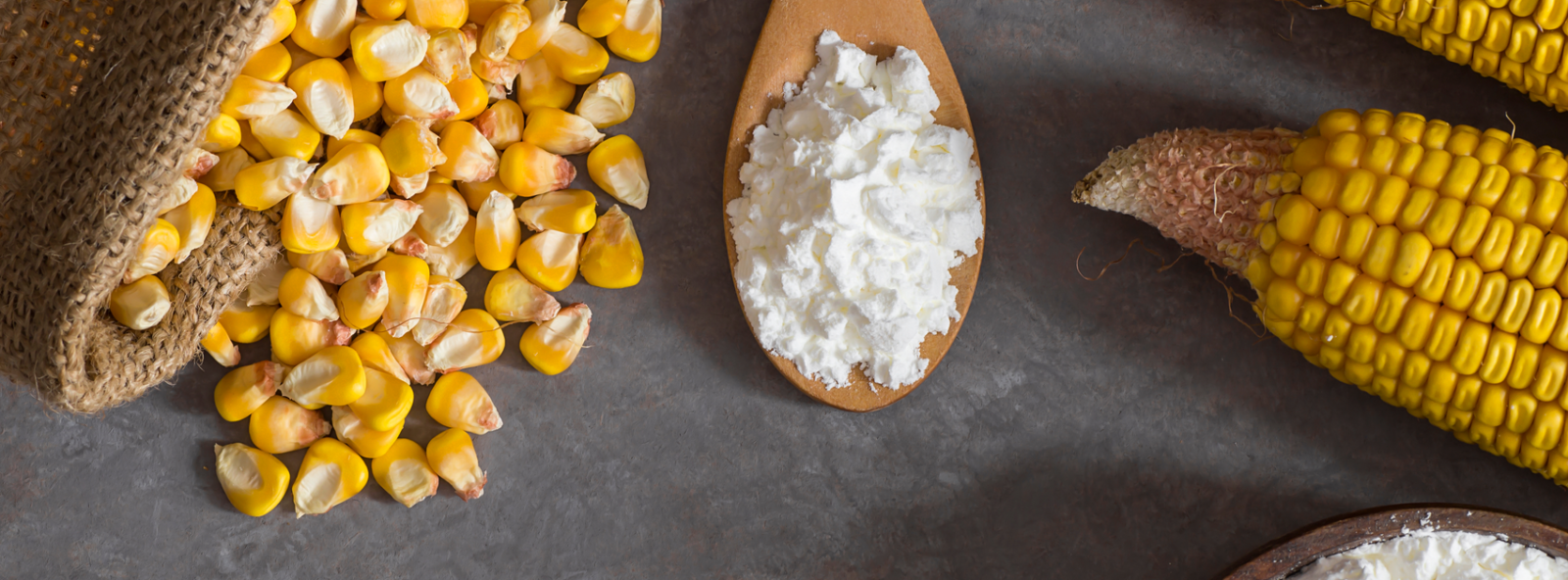
Why Do People Eat Corn Starch?
There are many reasons why people eat corn starch. It is a versatile ingredient which can be used in various dishes, adding texture and flavor to them. Additionally, it has several health benefits such as reducing cholesterol levels and aiding digestion. Furthermore, it is low-calorie and gluten-free, making it an ideal choice for individuals with dietary restrictions. Its popularity is further enhanced by its affordability, as it is one of the least expensive ingredients available. Thus, corn starch is a great choice for individuals looking to add valuable nutrients and flavor to their meals without compromising on taste or budget.
Let’s watch this video to know more about why do people eat corn starch.
Potential Risks Associated With Corn Starch
Despite the many health benefits associated with corn starch, there are some potential risks that should be considered. Consuming too much corn starch can lead to an increase in blood sugar levels, which may cause health problems for those with diabetes or insulin resistance. Additionally, if corn starch is not cooked properly, it can lead to indigestion and bloating due to its high fiber content.
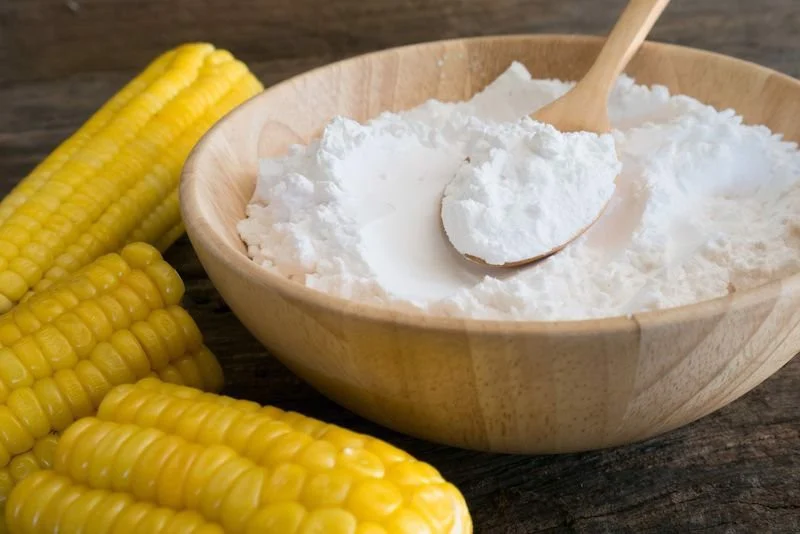
Some Tips To Eat Corn Starch
Now that you have learned why do people eat corn starch, here are some tips on how to incorporate this versatile ingredient into your diet:
For Weight Loss
Corn starch can be a great choice for individuals looking to lose weight. Its low-calorie content and high fiber content make it an ideal food for those following a low-calorie or low-carb diet. Here are some tips on how to use corn starch in order to reach your weight loss goals:
- Include cornstarch in meals which are already low in calories, such as soups and stir fries.
- Replace high-calorie ingredients with cornstarch in recipes such as mashed potatoes or mac and cheese.
- Add cornstarch to smoothies for added texture and flavor without the extra calories.
For Digestive Health
Corn starch can also benefit digestive health. Its high fiber content helps to promote regularity and reduce constipation. Additionally, its low-calorie content makes it a great choice for individuals trying to manage their weight. Here are some tips on how to incorporate cornstarch into your diet for improved digestive health:
- Use cornstarch as a thickener in creamy soups or sauces.
- Add it to smoothies or juice for added texture and flavor.
- Replace traditional flour with cornstarch in recipes such as muffins or cakes for a healthier alternative.
- Create your own homemade granola bars using cornstarch as the binding ingredient.

Dishes Made From Corn Starch
Corn starch can be used in a variety of dishes, from savory sauces to creamy desserts. Here are some of the most popular dishes made with corn starch:
- Stovetop mac and cheese – This classic comfort food is made with a cheesy sauce thickened with corn starch instead of flour. The result is an irresistibly creamy dish which is sure to please!
- Chocolate pudding – A classic dessert made with a combination of corn starch and sugar. The mixture is cooked until thickened and then combined with milk, cocoa powder, and flavoring. Enjoy this warm or chilled for a delicious treat!
- Gravy – Traditional gravy is usually made with flour or cornstarch as the thickening agent. Corn starch can be used to create a smooth and creamy gravy which pairs perfectly with mashed potatoes or vegetables.
- Fried chicken – Create the perfect coating for fried chicken by combining cornstarch and flour. This combination creates a crispy exterior which seals in all the juicy goodness of the chicken!
Corn Starch Usage Instructions
Now that you know more about why do people eat corn starch, let’s explore how to use it? Using corn starch correctly is essential in order to get the desired results. Here are some tips for using this ingredient:
- Begin by slowly stirring the dry cornstarch into any liquid you wish to thicken, such as milk or water. Slowly add more of either ingredient until it reaches your desired consistency.
- If a recipe calls for ‘cornstarch slurry’, this refers to a mixture of cornstarch and cold water. Whisk the two ingredients together until smooth before adding it to hot liquid.
- Cornstarch should always be cooked for at least three minutes in order to activate its thickening properties.
- Cooking too long can cause the starch to break down, so be sure to stir the mixture frequently and remove it from the heat before it becomes too thick.
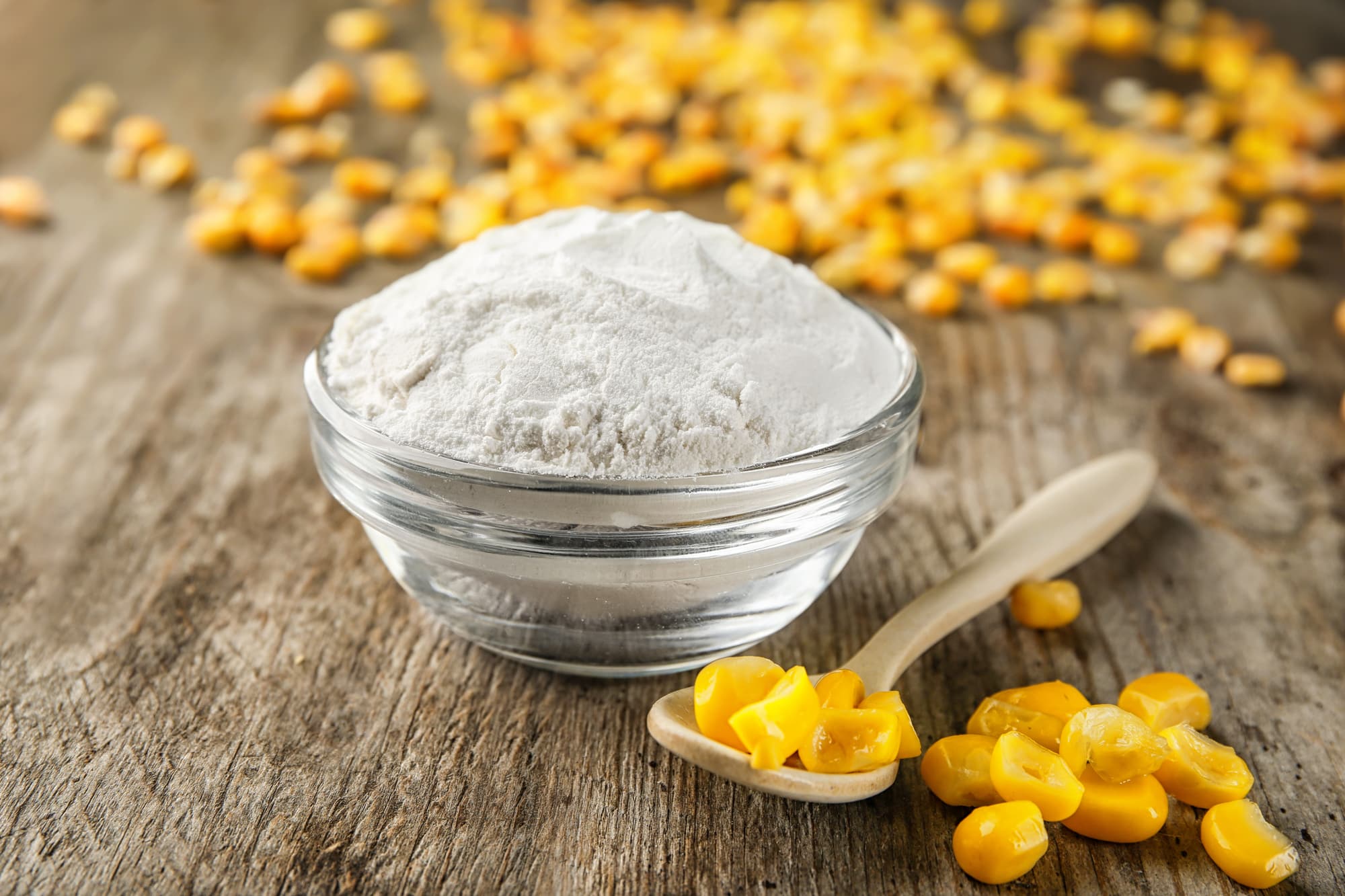
Conclusion: Why Do People Eat Corn Starch?
So we have answered the question why do people eat corn starch. Corn starch is a popular ingredient due to its versatility, affordability, and health benefits. It can be used in a variety of dishes from sauces to desserts, adding flavor and texture. Additionally it contains beneficial nutrients which can provide many health benefits such as reducing cholesterol levels and aiding digestion. Furthermore, it is low-calorie and gluten-free making it an ideal choice for individuals with dietary restrictions. However, it should be consumed in moderation due to its potential risks and should always be stored correctly to ensure freshness. Thank you for reading at yongkangstreetnyc.com.
FAQs: Corn Starch
Why am I so obsessed with cornstarch?
It might be a manifestation of a condition called Pica, commonly associated with iron deficiency. To gain clarity on this matter, it is advisable to consult your doctor and request an anemia test.
Is it normal to eat corn starch?
Cornstarch can be included as part of a balanced diet in moderate amounts. It is recommended to have 1-2 tablespoons (8-16 grams) at a time. If you have celiac disease or are sensitive to gluten, opt for certified gluten-free varieties.
What does eating cornstarch taste like?
While derived from corn, cornstarch undergoes a process that removes much of its flavor. Devoid of sweetness or bitterness, this versatile starch adds a touch of neutrality to your culinary creations.
What are people doing with cornstarch?
Cornstarch, derived from the endosperm of corn kernels, is a versatile ingredient that serves as a superb thickening agent for a wide range of dishes including gravies, marinades, sauces, soups, and casseroles.
Is cornstarch and water edible?
You might be wondering why I consider this science experiment edible. The answer is simple: cornstarch and water are completely safe to ingest. So if your child happens to lick their fingers or put them in their mouth, there’s no need to worry—it’s perfectly edible.
Why do I crave cornstarch and baby powder?
Pica, a condition characterized by an urge to eat nonfood substances, is commonly seen in young children with intellectual disabilities. However, this phenomenon can also manifest as a symptom of obsessive-compulsive disorder and, less commonly, in pregnant adults. Explore the causes behind these unique cravings and gain valuable insights.
Why do people with anemia crave cornstarch?
Pica, the craving for non-nutritive substances, like clay or ice, is a phenomenon we have come across in numerous individuals on our website, peoplespharmacy.com. This intriguing condition is frequently linked to a deficiency in essential minerals such as iron and zinc.
How long does cornstarch stay in your system?
Uncooked cornstarch is a carbohydrate that is absorbed at a slower rate compared to other carbohydrates. It typically takes around 4-6 hours for the cornstarch to be fully digested. This slow digestion process reduces the duration of fasting after consuming cornstarch.
Is cornstarch powder safe for adults?
Made from natural corn kernels, cornstarch is a fantastic choice for keeping your skin cool, dry, and fully protected. Its larger particles ensure optimal absorbency, while boasting a completely clean record with no known side effects or health risks.
Is corn starch and corn flour the same?
Corn flour is a finely ground, dried yellow powder made from corn, while cornstarch is a fine, white powder derived from the starchy part of a corn kernel. Different regions may refer to them by different names. Corn flour can be used like other flours, while cornstarch is primarily used as a thickening agent.
Is cornstarch good for the skin?
This versatile ingredient is a gentle solution for irritated, red skin. Experience the convenience and affordability of cornstarch for your skincare needs.
Does cornstarch go bad?
Proper storage ensures an indefinite shelf life for cornstarch. However, moisture is its only enemy, as contact with water or any liquid can cause it to spoil.

Chef Yong Kang has over 20 years of experience cooking in the finest restaurants, and is excited to present their vision to you and all our guests. Our caring and committed staff will ensure you have a fantastic experience with us.
We are also available for private events:, business lunches, dinners, and more. We would love to discuss how to be a part of your next event.Our restaurant refuses to compromise on quality, which is why we source our fresh ingredients from local farmers’ markets.

